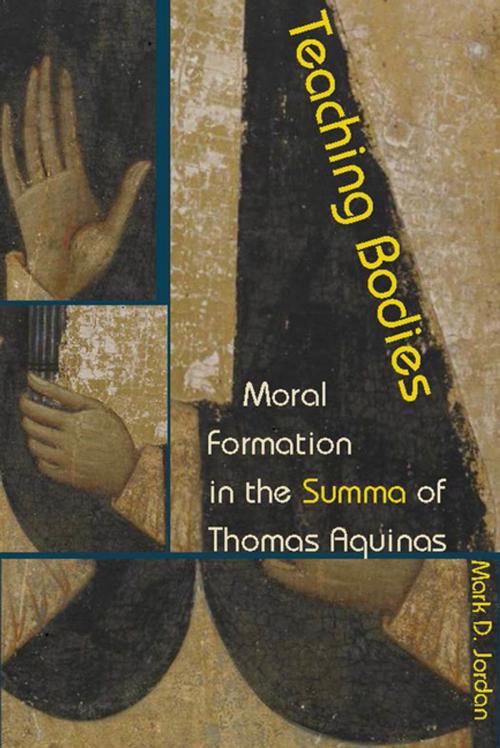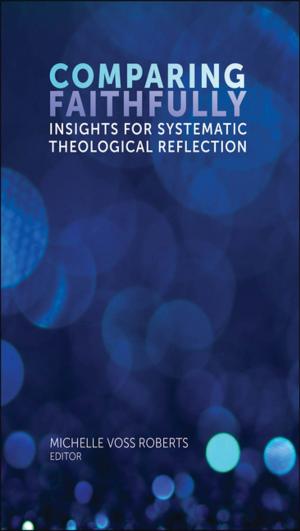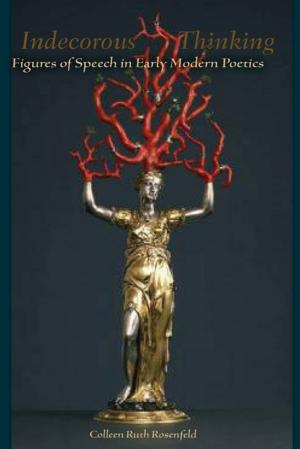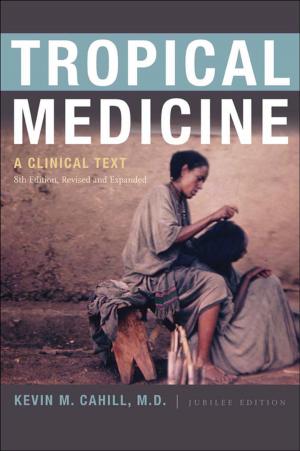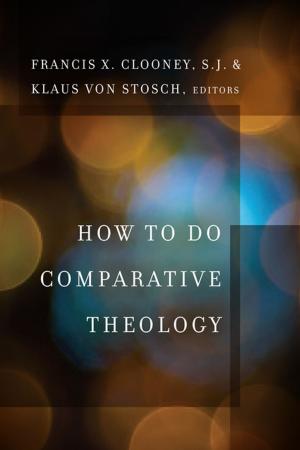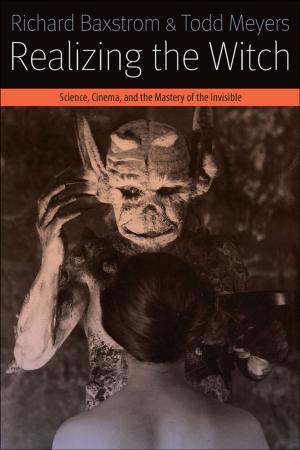Teaching Bodies
Moral Formation in the Summa of Thomas Aquinas
Nonfiction, Reference & Language, Language Arts, Public Speaking, Rhetoric, Religion & Spirituality, Philosophy, Religious, Theology| Author: | Mark D. Jordan | ISBN: | 9780823273805 |
| Publisher: | Fordham University Press | Publication: | December 1, 2016 |
| Imprint: | Fordham University Press | Language: | English |
| Author: | Mark D. Jordan |
| ISBN: | 9780823273805 |
| Publisher: | Fordham University Press |
| Publication: | December 1, 2016 |
| Imprint: | Fordham University Press |
| Language: | English |
In Teaching Bodies, leading scholar of Christian thought Mark D. Jordan offers an original reading of the Summa of Theology of Thomas Aquinas. Reading backward, Jordan interprets the main parts of the Summa, starting from the conclusion, to reveal how Thomas teaches morals by directing attention to the way God teaches morals, namely through embodied scenes: the incarnation, the gospels, and the sacraments. It is Thomas’s confidence in bodily scenes of instruction that explains the often overlooked structure of the middle part of the Summa, which begins and ends with Christian revisions of classical exhortations of the human body as a pathway to the best human life. Among other things, Jordan argues, this explains Thomas’s interest in the stages of law and the limits of virtue as the engine of human life.
Rather than offer a synthesis of Thomistic ethics, Jordan insists that we read Thomas as theology to discover the unification of Christian wisdom in a pattern of ongoing moral formation. Jordan supplements his close readings of the Summa with reflections on Thomas’s place in the history of Christian moral teaching—and thus
his relevance for teaching and writing in the present. What remains a puzzle is why Thomas chose to stage this incarnational moral teaching within the then-new genres of university disputation—the genres we think of as “Scholastic.” Yet here again the structure of the Summa provides an answer. In Jordan’s deft analysis, Thomas’s minimalist refusal to tell a new story except by juxtaposing selections from inherited philosophical and theological traditions is his way of opening room for God’s continuing narration in the development of the human soul.
The task of writing theology, as Thomas understands it, is to open a path through the inherited languages of classical thought so that divine pedagogy can have its effect on the reader. As such, the task of the Summa, in Mark Jordan’s hands, is a crucial and powerful way to articulate Christian morals today.
In Teaching Bodies, leading scholar of Christian thought Mark D. Jordan offers an original reading of the Summa of Theology of Thomas Aquinas. Reading backward, Jordan interprets the main parts of the Summa, starting from the conclusion, to reveal how Thomas teaches morals by directing attention to the way God teaches morals, namely through embodied scenes: the incarnation, the gospels, and the sacraments. It is Thomas’s confidence in bodily scenes of instruction that explains the often overlooked structure of the middle part of the Summa, which begins and ends with Christian revisions of classical exhortations of the human body as a pathway to the best human life. Among other things, Jordan argues, this explains Thomas’s interest in the stages of law and the limits of virtue as the engine of human life.
Rather than offer a synthesis of Thomistic ethics, Jordan insists that we read Thomas as theology to discover the unification of Christian wisdom in a pattern of ongoing moral formation. Jordan supplements his close readings of the Summa with reflections on Thomas’s place in the history of Christian moral teaching—and thus
his relevance for teaching and writing in the present. What remains a puzzle is why Thomas chose to stage this incarnational moral teaching within the then-new genres of university disputation—the genres we think of as “Scholastic.” Yet here again the structure of the Summa provides an answer. In Jordan’s deft analysis, Thomas’s minimalist refusal to tell a new story except by juxtaposing selections from inherited philosophical and theological traditions is his way of opening room for God’s continuing narration in the development of the human soul.
The task of writing theology, as Thomas understands it, is to open a path through the inherited languages of classical thought so that divine pedagogy can have its effect on the reader. As such, the task of the Summa, in Mark Jordan’s hands, is a crucial and powerful way to articulate Christian morals today.
